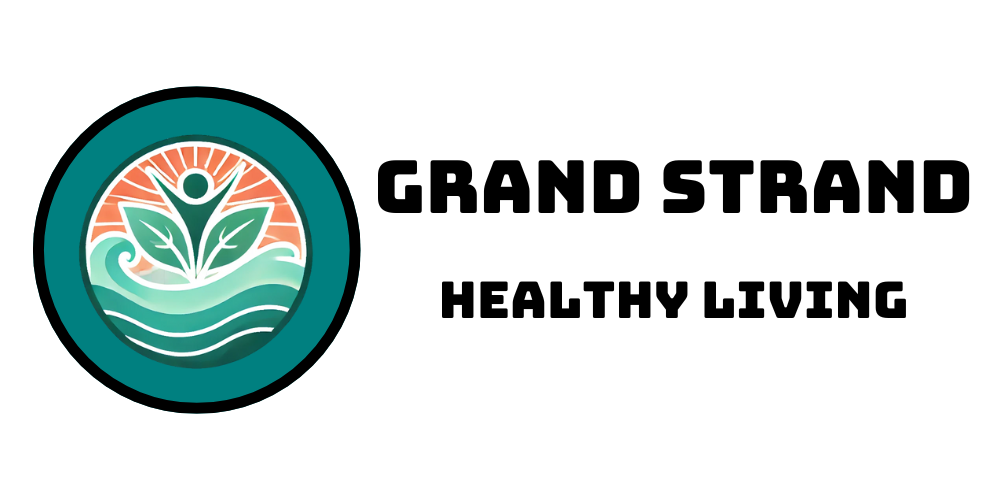
Understanding the Risks of Plague in Arizona and Beyond
The recent report of a death due to plague in Arizona has raised important questions about the disease that many may not consider. While the plague might sound like a medieval threat, it still exists in the modern world, primarily in rural areas with high rodent populations. For residents along South Carolina's Grand Strand, especially those in Myrtle Beach, Surfside Beach, and Little River, understanding the risks is key to maintaining a healthy lifestyle.
What Is Plague and How Does It Spread?
Plague is caused by the bacterium Yersinia pestis and can take various forms, including bubonic, septicemic, and pneumonic. The pneumonic form, which sadly contributed to the recent death, can be particularly deadly, spreading through respiratory droplets. Usually associated with historical pandemics, there have been sporadic cases reported in the United States, particularly in the Southwest. Given this background, being knowledgeable about its symptoms and transmission is crucial.
Who’s Most at Risk?
According to health experts, individuals who handle sick animals, work in regions where plague is common, or come into contact with infected fleas are at the highest risk. However, residents in densely populated areas with urban wildlife, including many of the towns along the Grand Strand, can also be vulnerable due to increased interactions with rodents and fleas. Health officials advise residents to avoid areas where rodents are common.
Preventive Measures to Protect Yourself
Here are effective steps to mitigate the risk of contracting the plague:
- Avoid Rodent Habitats: Take care when hiking or engaging in outdoor activities, particularly in areas known for wildlife. Ensure your living spaces are rodent-proof to deter any intrusion.
- Take Precautions: If working in outdoor jobs or rural areas, wear protective clothing to reduce the risk of flea bites.
- Educate Yourself: Familiarize yourself with the symptoms of plague, such as fever, chills, and swollen lymph nodes. Early detection is essential for effective treatment.
Reassurance for Residents of the Grand Strand
While the recent Arizona case is alarming, it’s important to remember that plague is rare in most populated areas, including coastal South Carolina. Residents of Myrtle Beach, Garden City, and Pawleys Island can take comfort in knowing the risk of plague is significantly low, especially if they practice good hygiene and rodent control.
Staying Informed and Engaged with Health Resources
Health officials urge community awareness regarding plague and other potential zoonotic diseases, as communication is vital. Stay informed via local health departments and educational resources. Participating in community health initiatives not only benefits personal health but strengthens community resilience.
In this age of nervous awareness about health threats, it’s essential to understand our environment and its challenges. By arming ourselves with knowledge and taking proactive measures, we can cultivate a safe and healthy community along the beautiful Grand Strand.
Join community health webinars and engage with local health organizations to stay updated. Taking action together can build a resilient environment for everyone.
 Add Row
Add Row  Add
Add 





Write A Comment